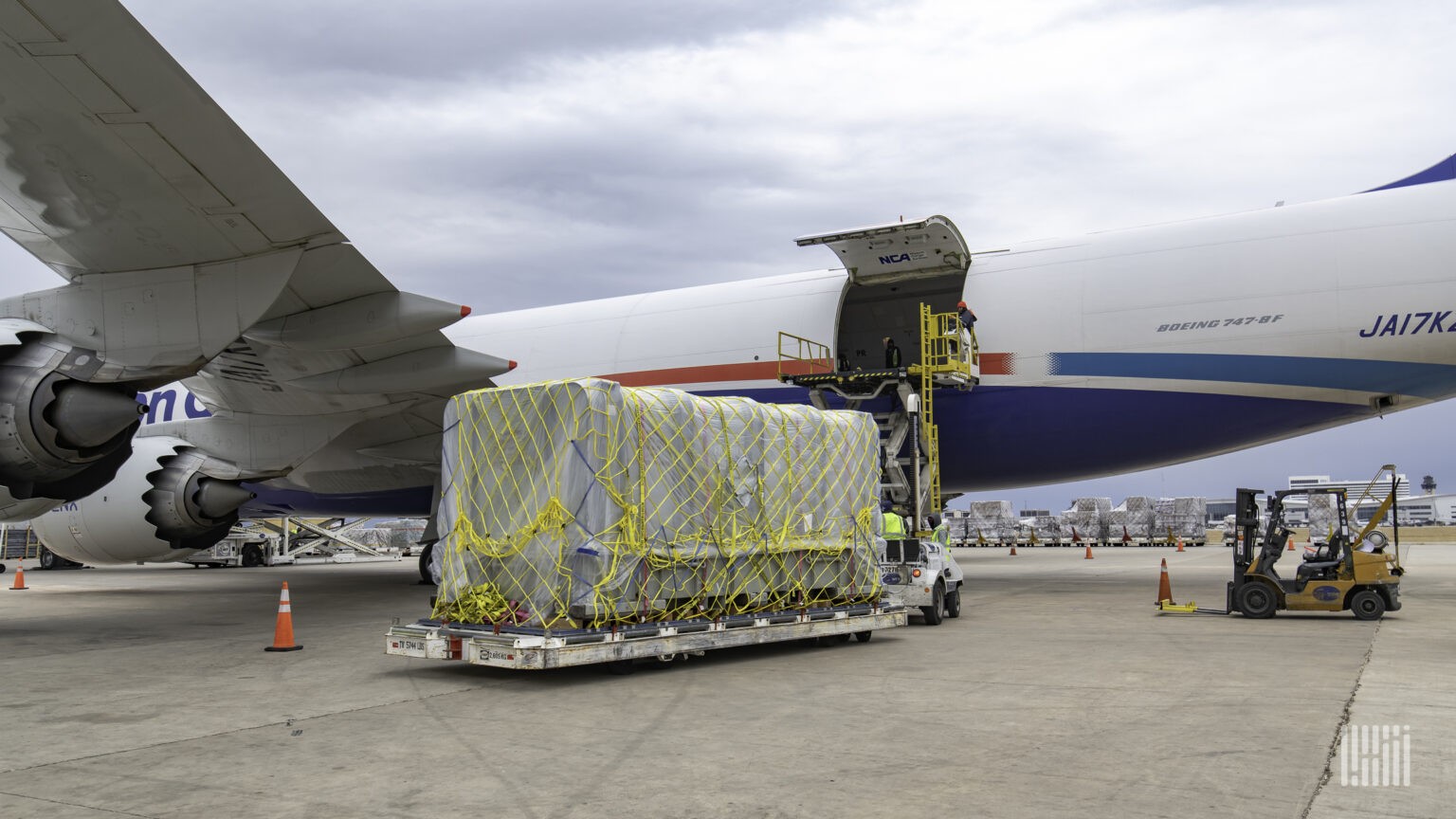A manufacturing company based in Prague, Czech Republic, specializing in heavy machinery, needed to transport a critical 31-ton piece of equipment to their branch in Manila, Philippines. The machinery was essential for a new production line and its timely arrival was crucial to avoid project delays and additional costs. Due to the urgency and the size of the machinery, air shipment was identified as the most viable option despite the challenges posed by the weight and dimensions.
Machinery Challenges:
Weight and Dimensions: The machinery weighed 31 tons and had dimensions of 6 meters in length, 3 meters in width, and 3.5 meters in height. Finding an aircraft capable of accommodating such dimensions was a primary challenge.
Logistics and Coordination: Coordinating the logistics involved in air freight for oversized cargo required careful planning and expertise. This included ensuring compliance with air transport regulations, securing necessary permits, and arranging for ground transportation at both ends.
Cost Considerations: Air freight for heavy and oversized cargo can be significantly expensive. The company had to balance the urgency of delivery with cost-effectiveness, exploring various options for carriers and routes.
Customs and Documentation: Ensuring all customs clearance procedures and documentation were in order was crucial to prevent delays at international airports in both Prague and Manila.
Subscribe to the Ex-works24/7 newsletter
Machinery Solution by Air
Selection of Carrier: After evaluating several freight forwarding companies specializing in oversized cargo, a carrier experienced in handling heavy machinery via air freight was selected. The carrier had access to aircraft with the necessary cargo capacity and could provide the required handling and support services.
Preparation and Packaging: The machinery was securely packed and prepared for air transport according to international standards. This included using specialized crating and securing methods to protect the equipment during transit.
Route and Transit Plan: A direct flight route from Prague to Manila was identified to minimize transit time and potential handling risks associated with multiple transfers. This route ensured that the machinery arrived as quickly and safely as possible.
Documentation and Compliance: All necessary customs documentation, including export/import permits, customs declarations, and cargo manifests, were meticulously prepared and reviewed to comply with both Czech and Philippine regulations. This proactive approach helped streamline the customs clearance process at both ends.
Monitoring and Coordination: Throughout the shipment process, a dedicated logistics team monitored the progress of the cargo, ensuring that any unforeseen issues were promptly addressed. Regular communication between all parties involved (manufacturer, freight forwarder, carrier, customs officials) facilitated smooth coordination.
The Outcome
Despite the challenges posed by the size and weight of the machinery, the air shipment from Prague to Manila was successfully completed within the specified timeline. The machinery arrived in Manila securely and on schedule, enabling the manufacturing company to proceed with the installation and commissioning of their new production line without delays. The careful planning, selection of the right carrier, and meticulous attention to logistics and documentation played key roles in the successful transportation of the 31-ton machinery.
Conclusion: The case study highlights the complexities and considerations involved in transporting oversized machinery via air freight. By leveraging expertise in logistics, selecting appropriate carriers, and ensuring compliance with international regulations, the manufacturing company achieved a seamless and timely delivery of critical equipment, demonstrating the importance of meticulous planning and execution in such logistics operations.




